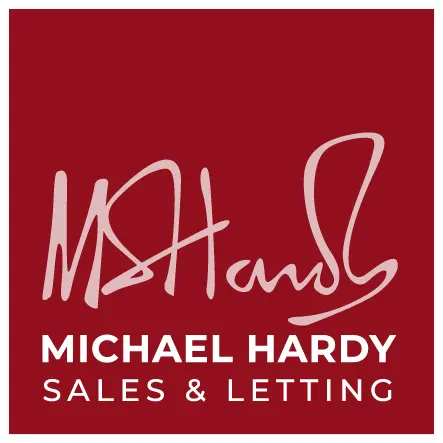Regardless of what happens over the coming year, this coalition government will arguably be remembered for is its impact on housing. In a move widely seen as reminiscent of Margaret Thatcher's 'Right to Buy', Chancellor George Osborne began his tenure with 'Help to Buy' – opening up property ownership to a whole generation that had previously been shut out. Then came plans to build huge volumes of new houses and create garden cities across the UK.
Osborne's most recent announcement, however, has been hailed by some as his most revolutionary – not to mention most surprising. In his Autumn Statement this week, the Chancellor revealed a huge shake up to Stamp Duty that would see 98 per cent of purchases result in lower fees.
What's changed?
The previous Stamp Duty model was a 'slab' system, whereby prices increased at certain pre-determined points. So, the first tier (applicable to houses sold for anything between £125,001 and £250,000) saw buyers pay one per cent tax on the total value of their property. The next tier (£250,001 to £500,000) saw taxes rise to three per cent, before rising again to four and five per cent as property values rose further.
This system was deemed unfair, as a difference of mere pounds on a property price could – technically – bring about a tax discrepancy totalling into the thousands or even tens of thousands of pounds. As such, Osborne set about changing this to a much fairer, more representative approach. The end result was a graduated approach, similar to that which has been used to work out income tax for years.
Now, the stamp duty is paid on the amount up to each threshold. So a property sold for £500,000.01 would require payment of two per cent tax between £125,000 and £250,000 (£2,500), in addition to five per cent tax between £250,000 and £500,000 (£12,500). This would bring the total tax bill for the £500,000.01 house to £12,500.
What's the difference?
On the average family home – which today costs £275,000 – buyers will now pay £3,750 in Stamp Duty, a saving of £4,500. At £185,000, the typical Help to Buy home would incur a tax bill of £1,200 – which is a £650 saving.
At the other end of the spectrum, however, Britain's most expensive homes will have just become much pricier. A property costing £210,000, for example, would be subject to a Stamp Duty increase of £18,750 – making the total bill a staggering £165,750.
What impact will it have?
For the property industry, many forecasters have anticipated this change would bring about a rise in activity, especially at the lower end of the price scale. Buyers previously having to max out their finances may soon find a few thousand pounds to play with, most likely to go onto their topmost budget.
Further, solicitors ended up staying open through the night following Osborne's announcement to push some deals through quickly and delay others, depending on the property sale value in question.
Critics have claimed the announcement could have far further-reaching impacts, though, and not all of them positive. Following numerous budget cuts of the past four years, the Institute of Fiscal Studies (IFS) has warned more will need to come in order to balance the books after Osborne's tax slashes. It has said “colossal” cuts will be around the corner, taking public spending to its lowest level since the 1930s; claims that Osborne rubbished as “hyperbolic”.
Whatever lies around the corner, Osborne's latest announcement will have only cemented this government's status as having had the biggest impact on housing for a generation.

